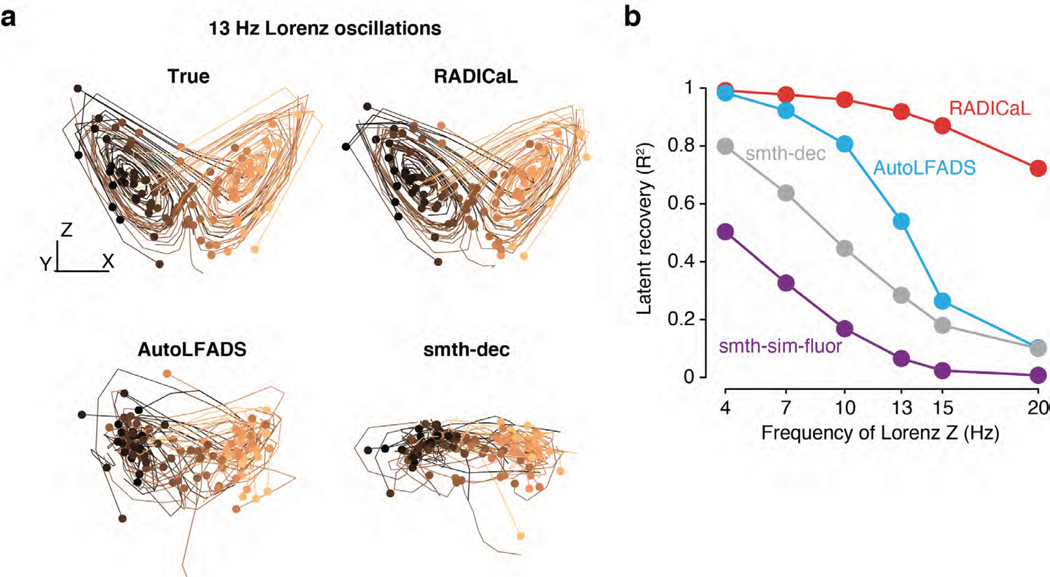Extended Data Fig. 3. RADICaL retains high latent recovery performance in a simulation experiment that lacks stereotyped conditions.
This analysis was targeted at determining whether RADICaL simply ‘memorized’ the stereotyped trajectories for a limited number of conditions, or whether it could generalize to cases where each trial was more unique. To answer this question, we designed a “zero condition” simulation experiment, where each trial had its own unique Lorenz initial state and there were no repeated trials with the same underlying latent trajectories. (a) Example true (top left) and estimated Lorenz trajectories by RADICaL (top right), AutoLFADS (bottom left), and smth-dec (bottom right). Each trajectory is an individual trial, colored by the location of the initial state of the true Lorenz trajectory. The initial states of the trials are indicated by the dots in the same colors as the trajectories. (b) Performance in estimating the Lorenz Z dimension as a function of Lorenz oscillation frequency was quantified by variance explained (R2) for all 4 methods.

